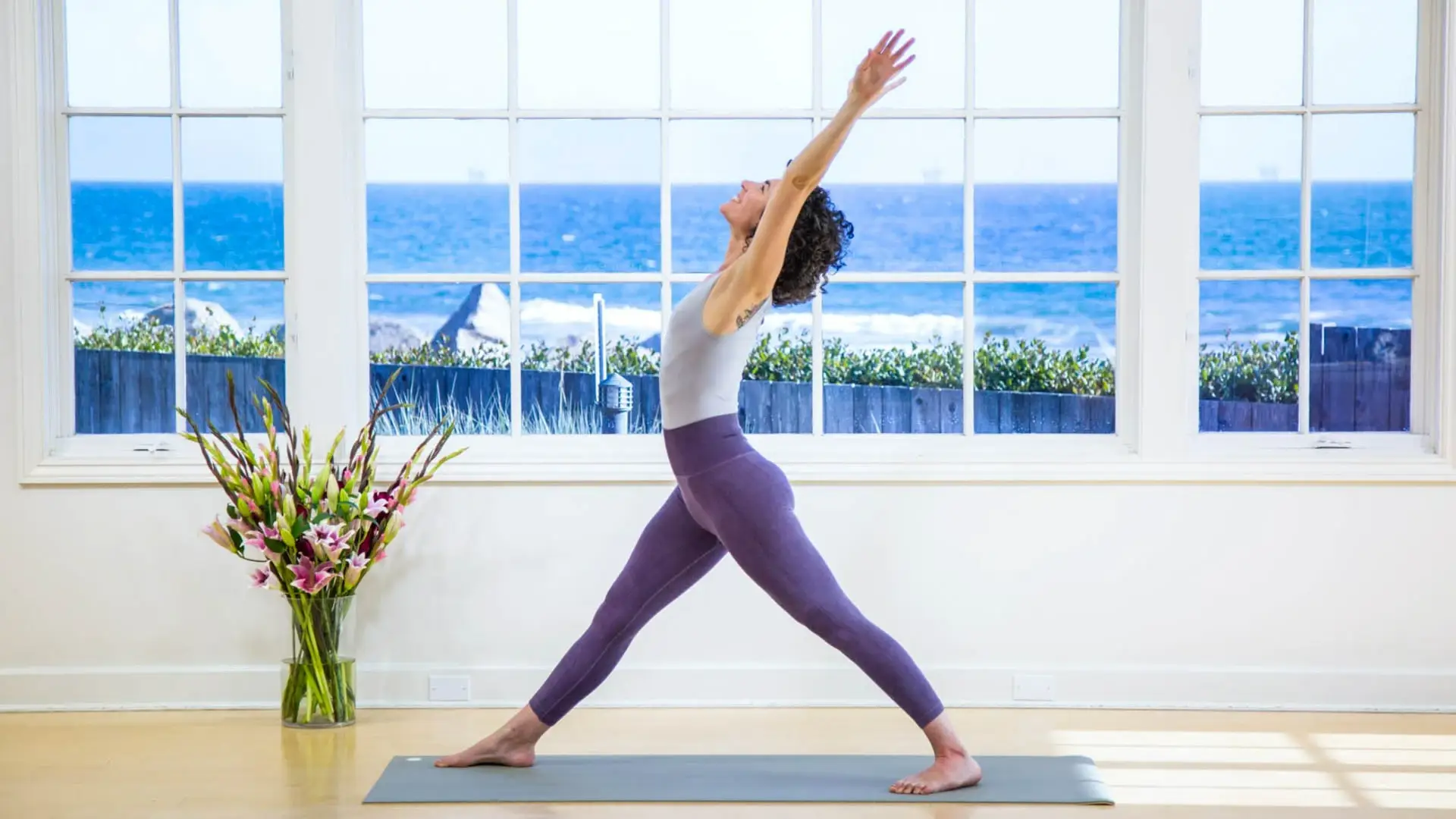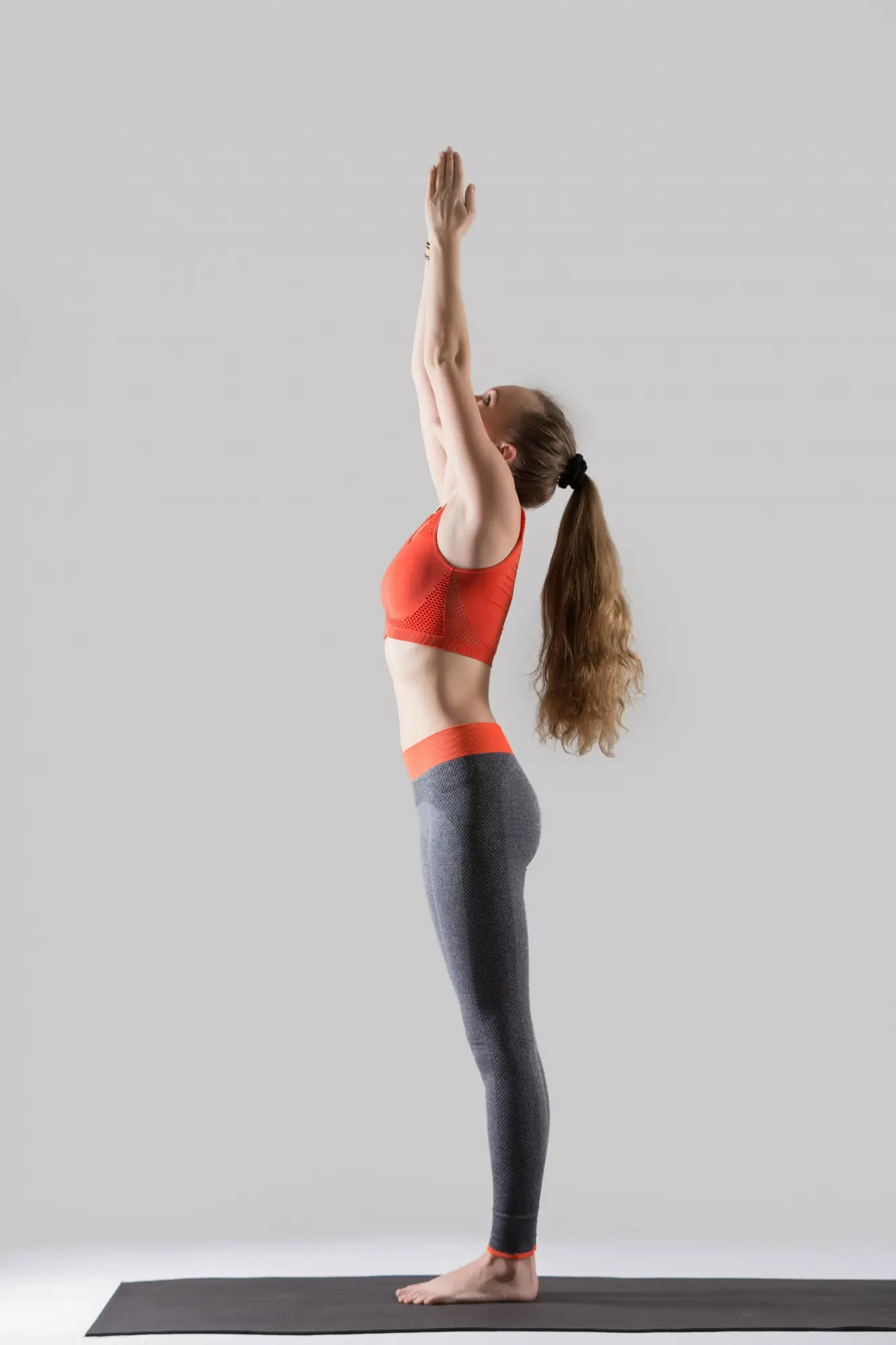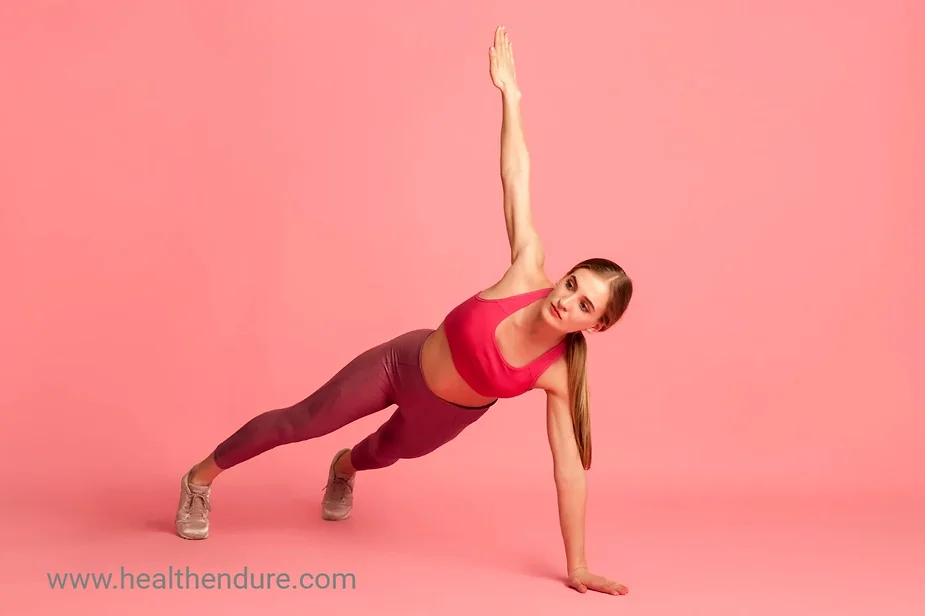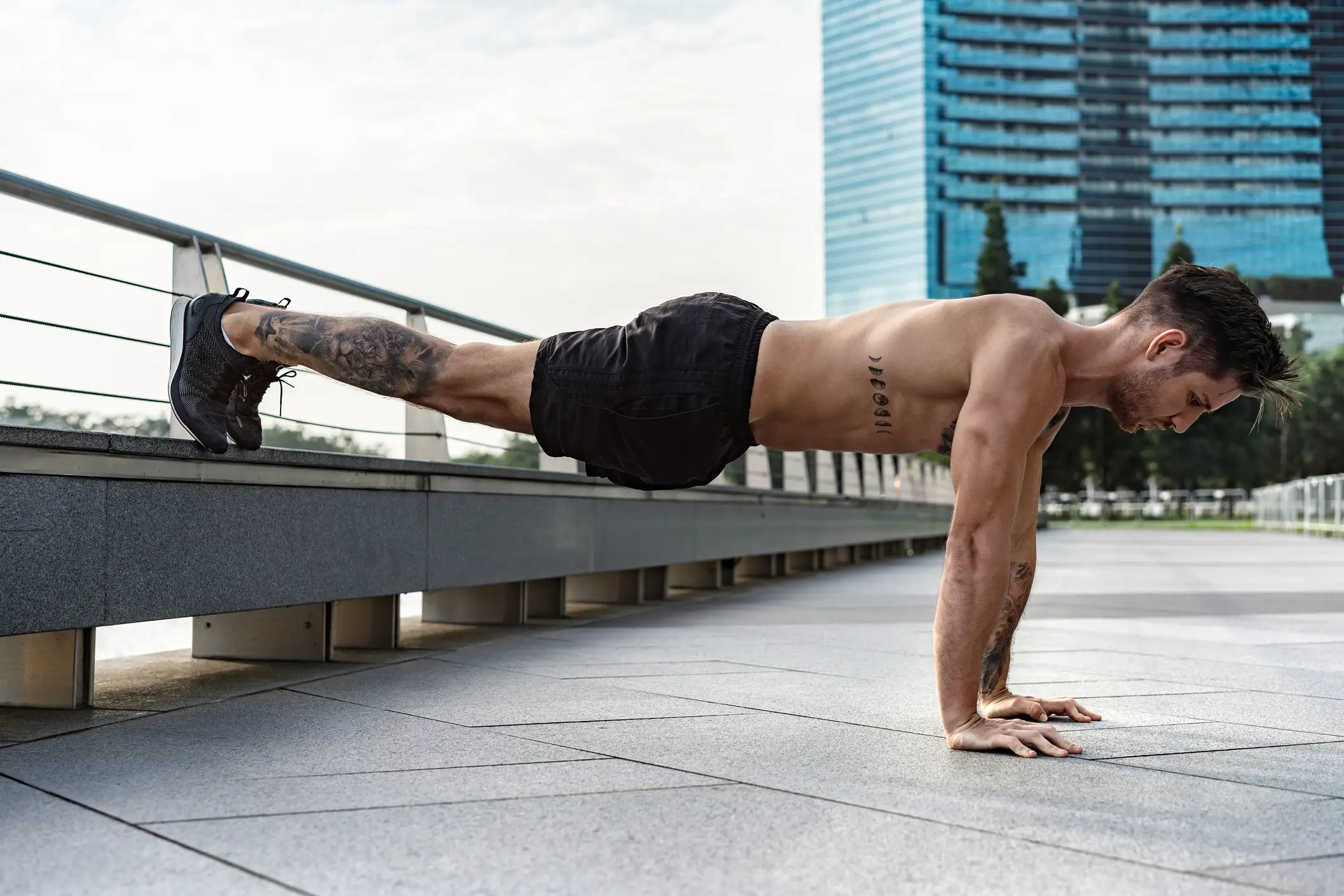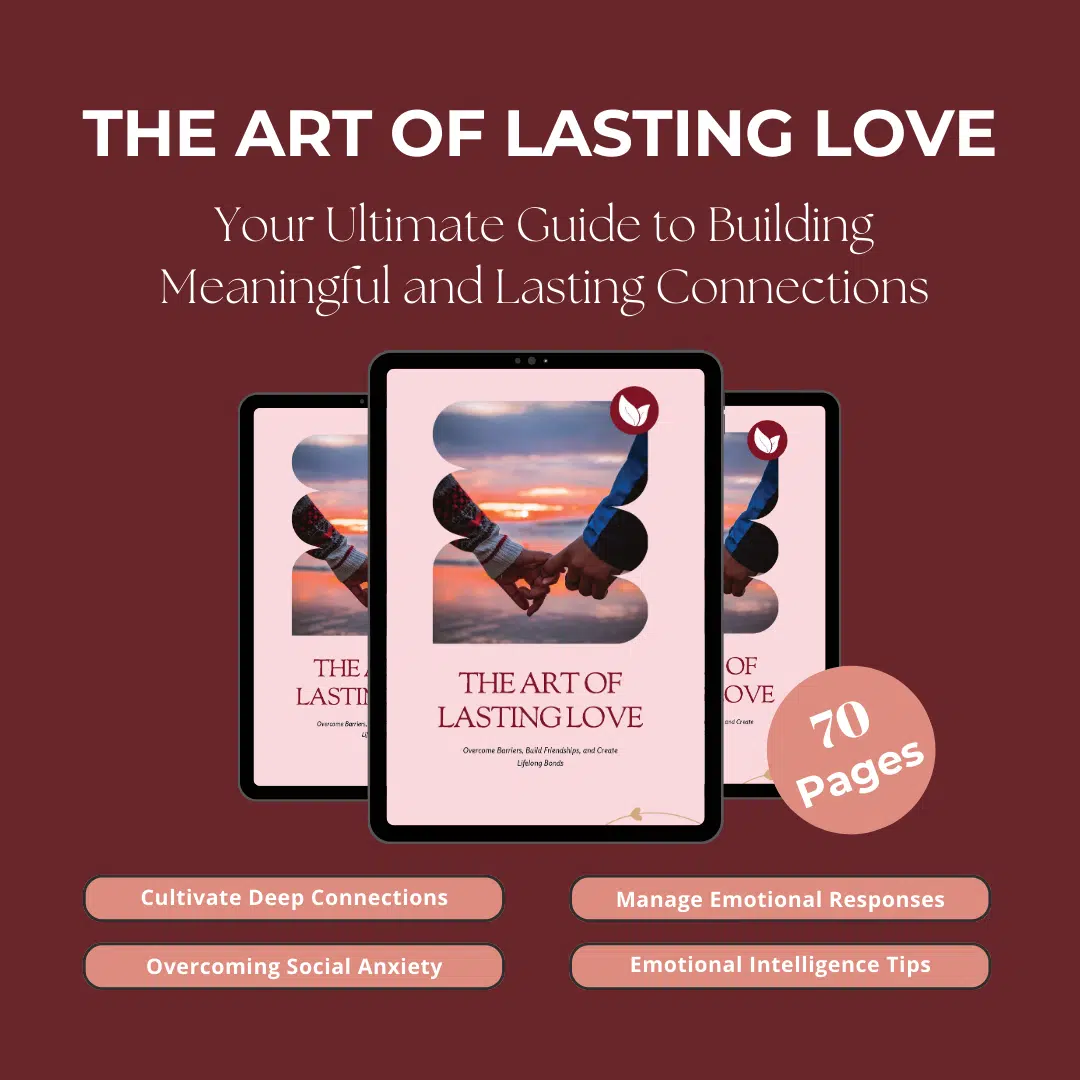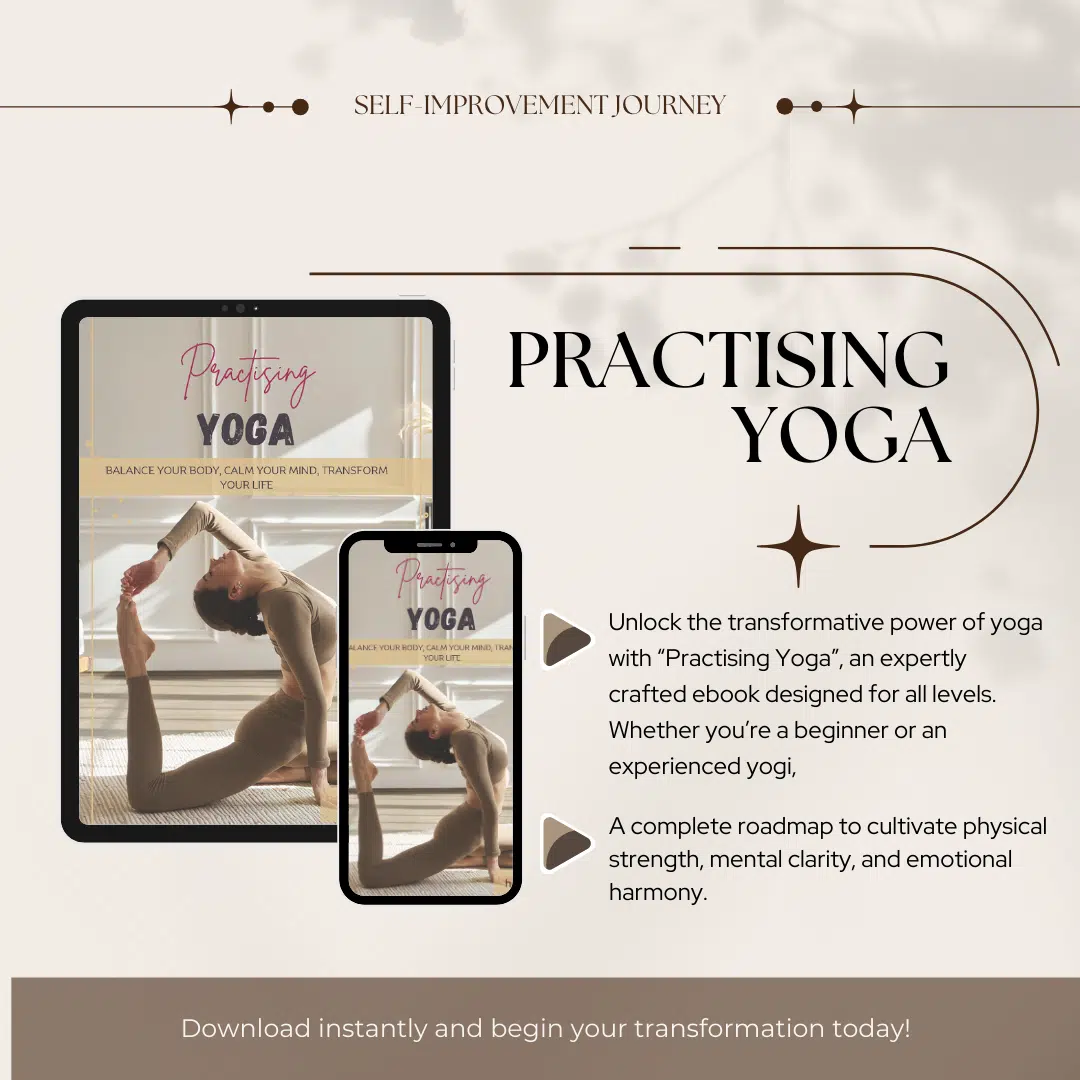Have you ever wondered if there’s more to yoga than achieving the perfect pose? While traditional yoga offers undeniable benefits, sometimes we can get caught up in the external form, disconnecting from the deeper mind-body connection. This is where somatic yoga steps in.
Somatic movement is more than just physical exercise. It involves practicing conscious exploration by paying attention to how your body moves and feels, rather than solely focusing on achieving a specific fitness goal. Studies indicate that stress, trauma, and anxiety can have physical manifestations, causing tension and discomfort in the body.
Somatic movement is a practice that focuses on your body’s internal signals or interoception. By paying attention to these subtle messages, you can gain a better understanding of your body’s needs and release physical manifestations of emotional distress. This practice can help you better stress management by bridging the gap between your emotions and physical sensations.
What is Somatic Yoga?
Somatic yoga also known as somatic workout is a unique style that emphasizes inner body awareness over external alignment. “Soma” comes from the Greek word for “living body,” and this practice encourages you to tune into your body’s sensations rather than striving for a specific look in a pose. Instead of chasing perfect form, the somatic workout focuses on gentle movements and mindful exploration.
The Somatic exercise creates a safe space to explore your body’s wisdom and release unresolved trauma held within. Trauma can leave us feeling stuck in a constant state of tension or disconnection. With its trauma-informed approach, somatic yoga fosters a gentle reconnection between your mind and body. Through mindful movement and breathwork, you can begin to heal and cultivate a sense of peace and well-being.
How is Somatic Yoga Different from Traditional Yoga?
Traditional yoga styles often prioritize achieving specific postures and perfecting alignment. While somatic yoga benefits you through a more introspective approach. It encourages you to listen to your body’s signals and move in a way that feels safe and comfortable. Imagine a yoga class where you’re not pushing yourself to the edge, but rather discovering new possibilities within your own range of motion.
Somatic Yoga Benefits: A Gateway to Deeper Wellbeing
We explored the essence of somatic yoga – its focus on internal sensations over external form. Now, let’s delve into the many benefits that make this practice so appealing:
1-Enhanced Body Awareness and Interoception
Imagine experiencing your body not just as a physical shell but as a vibrant landscape filled with subtle messages. Somatic yoga cultivates this awareness by improving body awareness and interoception. This fancy term simply refers to your ability to sense internal signals like muscle tension, breath patterns, and even emotional cues held within your body.
By focusing on these subtle sensations during your practice, you gain a deeper understanding of your body’s unique needs and limitations. This heightened awareness translates into improved movement in all aspects of your life, from exercise to everyday activities.
2-Stress Management and Emotional Well-being
In today’s fast-paced world, chronic stress is a major concern. Somatic yoga benefits in Reducing stress, promoting emotional well-being, and offers a powerful antidote. The slow, mindful movements and focus on breath create a calming effect on the nervous system, helping you shift from “fight-or-flight” mode to a state of relaxation. Studies suggest that somatic yoga practices can be as effective as mindfulness meditation in stress management and anxiety control, promoting feelings of calmness and emotional well-being.
3-Pain Relief and Chronic Pain Management
If you’re struggling with chronic pain, somatic yoga benefits to manage chronic pain. The gentle movements and focus on body awareness can help you identify areas of tension that may be contributing to your pain. By learning to release this tension and move in ways that support your body, you can experience significant pain relief and improve your overall mobility.
4-Enhanced Flexibility and Range of Motion
While traditional yoga often emphasizes achieving specific postures, somatic yoga benefits can improve flexibility and posture. By focusing on gentle exploration and mindful movement within your own comfortable range of motion, you naturally begin to increase your flexibility and improve your range of motion over time. This can lead to improved athletic performance, better posture, and a greater sense of ease in everyday movements.
5- A Deeper Connection Between Mind and Body
Somatic yoga fosters a profound connection between your mind and body. By paying close attention to your internal sensations and emotions during your practice, you bridge the gap between the physical and mental aspects of your being. This connection allows you to not only move with greater awareness but also to gain insights into your emotional state and overall well-being.
Somatic Exercise is more than just a physical practice; it’s a journey of self-discovery. By incorporating these benefits into your routine, you can unlock a deeper understanding of your body, cultivate greater resilience to stress, and experience a newfound sense of well-being.
Somatic Yoga Techniques: Tips for Beginners
Somatic Yoga is an evolving yoga technique and people asking about “Does somatic yoga work”. The answer is “yes”, it is perfectly a miraculous method. This emerging somatic exercise offers many benefits, but how do you begin this practice? Here are some beginner-friendly tips to guide you on your somatic journey:
Shift Your Focus: Internal Sensations over External Form
Here’s how somatic yoga flips the script on traditional yoga:
Let Go of Perfection
Instead of striving for a picture-perfect pose, focus on how your body feels in each movement. Don’t force yourself into uncomfortable positions.
Become an Observer
Notice any areas of tension, tightness, or ease in your body. Are your shoulders scrunched? Is your lower back feeling strained? Observe these sensations without judgment.
Embrace Your Range
Explore movements within a comfortable range of motion. Somatic yoga isn’t about pushing limits; it’s about discovering new possibilities within your own body’s unique capabilities.
Tailor Your Somatic Meditation Practice
By listening to your internal experience, you can tailor your movements to your specific needs. Perhaps a slight modification in a traditional pose can create a more comfortable and beneficial experience.
This inward awareness allows you to embark on a journey of self-discovery, unlocking the wisdom held within your body and fostering a profound mind-body connection.
Embrace Slowness and Mindfulness
Somatic yoga isn’t about rushing through a sequence of poses. It’s a dance between movement and stillness, a mindful exploration of your body’s unique language. Here’s how to cultivate slowness and awareness in your practice:
Move with Deliberation
Ditch the speed and focus on intention. Move slowly and deliberately, giving yourself ample time to feel each sensation in your body. Imagine yourself gracefully flowing through movements, rather than rushing from pose to pose.
Become a Body Detective
With each movement, observe your body’s response. Notice subtle shifts in tension, the way your breath interacts with your movement, and any areas that feel particularly tight or open.
Befriend Your Breath
Your breath is the anchor of your somatic yoga practice. Pay close attention to your inhale and exhale, allowing your breath to guide your movements. As you move slowly, your breath naturally becomes calmer, further enhancing your sense of focus and inner peace.
By embracing slowness and mindfulness, you transform your practice into a meditative exploration. This mindful approach allows you to connect deeply with your body, fostering a sense of calm focus that extends far beyond the yoga mat.
Explore Gentle Movements and Stretches
Somatic exercise isn’t about gritting your teeth and pushing your limits. It’s a gentle invitation to explore the possibilities within your body. Here’s how to embrace gentle movements and stretches:
Leave the “Go Big or Go Home” Attitude at the Door
Forget forcing yourself into extreme poses. Somatic yoga focuses on small, subtle movements that allow you to tune into your body’s signals. Think gentle swaying, rocking, or even simply holding a comfortable position for a few breaths.
Less is More
Don’t underestimate the power of gentle stretches. By holding mindful stretches for a few breaths, you can release built-up tension and create space for greater ease and freedom of movement within your body.
Remember:
There’s no right or wrong way to practice somatic yoga. This is a journey of self-discovery, so be kind to yourself and listen to your body’s wisdom. If a movement feels uncomfortable, simply adjust or modify it to find a comfortable variation. The key is to approach your practice with curiosity and a sense of exploration.
By incorporating these beginner-friendly tips, you can embark on a rewarding journey of self-discovery with somatic yoga.
Somatic Integration within Traditional Styles
Blending somatic exercise with traditional yoga styles offers unique benefits and converts this traditional yoga into a magical mind-body connection workout.
Deeper Connection to Poses: By cultivating body awareness, you can connect more deeply with the physical sensations in each pose, enriching your understanding of the practice.
Refined Alignment: Somatic awareness allows you to move beyond achieving a visually “perfect” pose and find a natural alignment that supports your unique body.
Enhanced Practice: The focus on internal sensations can help you navigate even familiar poses with a newfound sense of awareness and ease.
While we touched upon the integration of somatic yoga into traditional styles, let’s explore this further by illustrating how somatic principles can seamlessly enhance your existing yoga practice. By incorporating somatic awareness into familiar poses and sequences, you can deepen your mind-body connection and elevate your yoga experience.
Consider the following examples:
Mountain Pose (Tadasana) with Somatic Awareness
Begin by standing tall with feet hip-width apart, grounding through the soles of your feet. Instead of simply focusing on external alignment, bring awareness to the subtle sensations within your body. Notice how your weight shifts from foot to foot, how your breath flows with each inhale and exhale. This mindful attention to internal sensations transforms Tadasana into a dynamic exploration of your body’s unique alignment.
Child’s Pose (Balasana) with Breath Awareness
As you settle into Child’s Pose, allow your breath to guide your movement. With each inhale, envision your spine lengthening and expanding, creating space between each vertebra. As you exhale, surrender deeper into the pose, releasing tension in your hips and lower back. By syncing your breath with movement, you cultivate a sense of ease and relaxation, enhancing the therapeutic benefits of Balasana.
Warrior II (Virabhadrasana II) with Interoceptive Sensing
In Warrior II, focus on interoceptive sensing—tuning into the internal cues of your body. As you extend your arms parallel to the ground and sink into a deep lunge, notice the sensation of strength and stability coursing through your legs. Pay attention to the subtle activation of muscles in your core and shoulders, supporting your extended reach. By honing in on these internal sensations, you cultivate a profound sense of presence and empowerment in Warrior II.
By infusing traditional yoga poses with somatic awareness, you unlock new dimensions of exploration and embodiment on the mat. Whether you’re a seasoned yogi or a beginner on your journey, gaining a deeper understanding of what somatic yoga is all about.
Conclusion
In the above few lines, we have explored what somatic yoga is and how it works. Somatic yoga offers a transformative twist on traditional practice. Instead of chasing perfect form, it prioritizes internal sensations, fostering a deeper mind-body connection. This translates into a bounty of benefits. Studies suggest it can be as effective as meditation for stress management, while gentle movements aid in chronic pain management. Somatic workout also naturally improves flexibility and range of motion.
Ready to dive in? Somatic yoga studios are popping up, and online platforms offer beginner-friendly classes. Search for “somatic yoga classes near me” or explore online options. Remember, somatic yoga is a journey, not a destination. Listen to your body, embrace the exploration, and enjoy the numerous somatic yoga benefits through regular practice.

